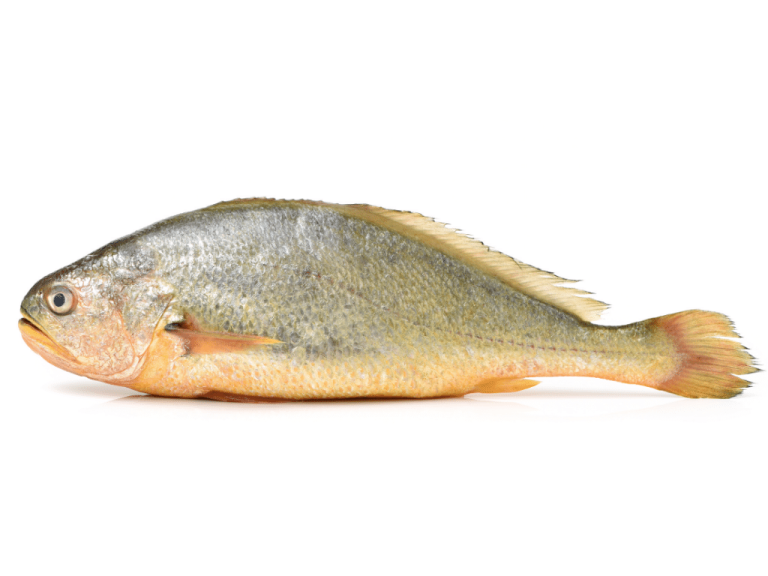Inside the cavity of a fish’s ear, there is a type of calcareous otolith. Its shape and size vary greatly among different fish species. In most bony fish, the otoliths are small, but in some species like the yellow croaker, they can be particularly large, often as thick as a fingernail, which is why they are sometimes called “stonehead fish.”
These intricate organs, the otoliths, vibrate in response to external sound waves reaching the fish’s body. This vibration stimulates the otoliths and sensory cells in the inner ear. The information is then transmitted through nerves to the brain, resulting in hearing. Besides facilitating hearing, otoliths also play a role in maintaining the fish’s body balance. There are highly sensitive sensory cells in the inner ear containing lymph fluid. If there is any imbalance in the body, the lymph fluid and otoliths immediately exert pressure on the sensory cells, which then promptly report to the brain to take corrective measures.
Additionally, otoliths can be used to estimate the age of fish. The volume of otoliths increases with age, with faster growth in the summer and slower growth in the winter. Growth rings formed in the otoliths during winter and summer can be distinguished, similar to the patterns seen in fish scales.

